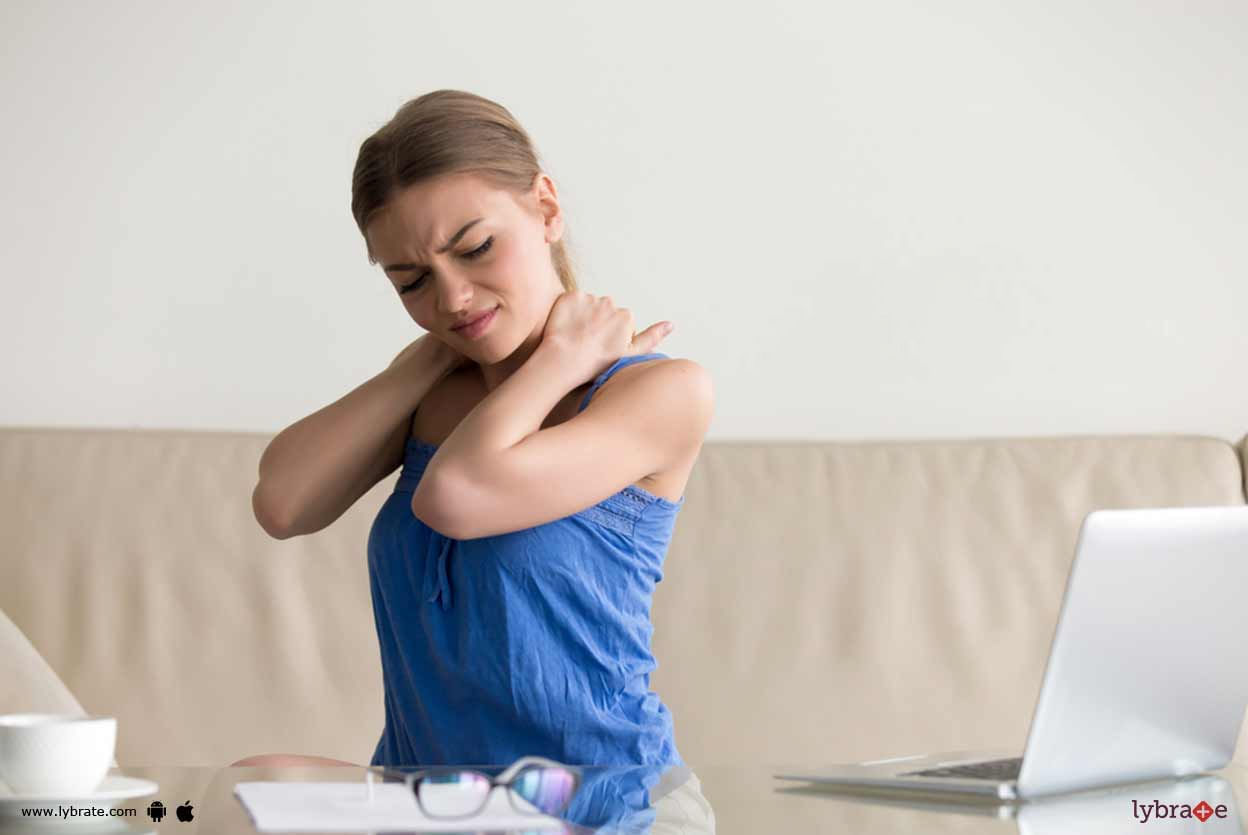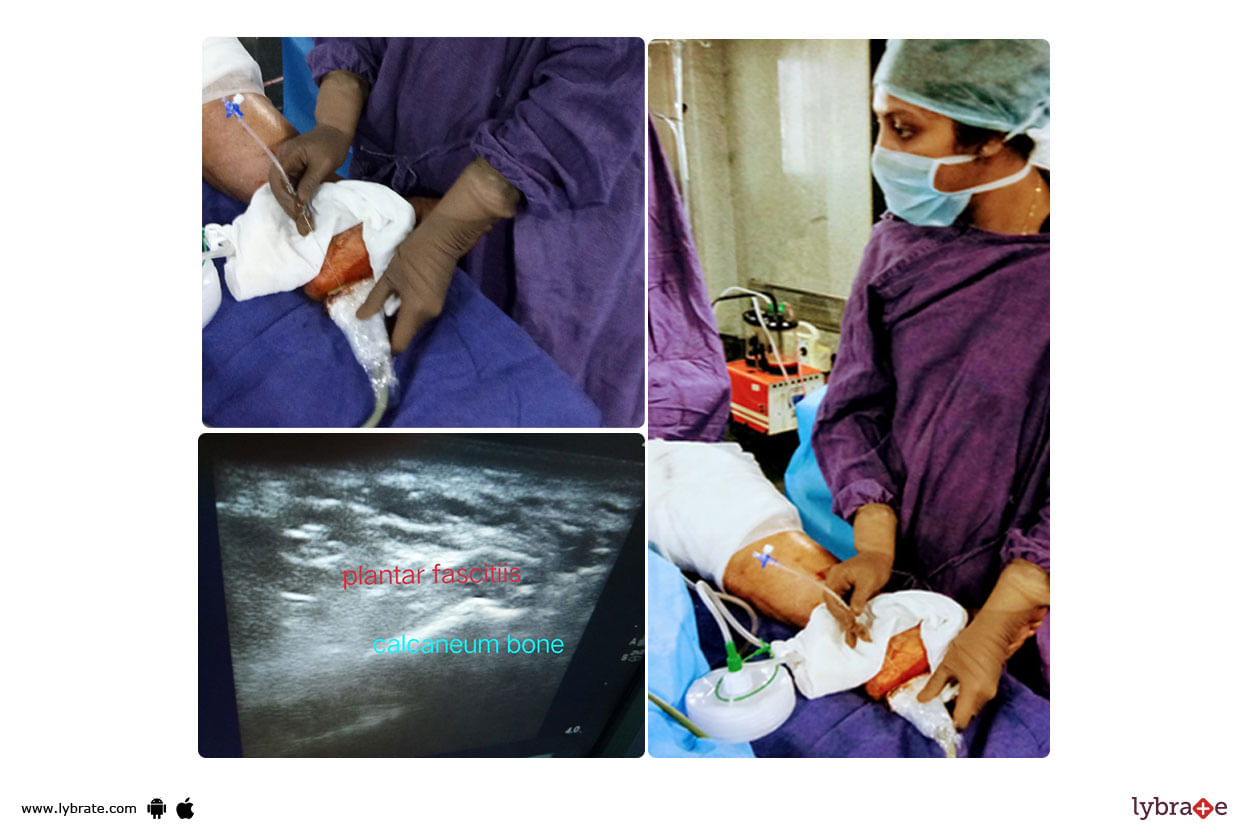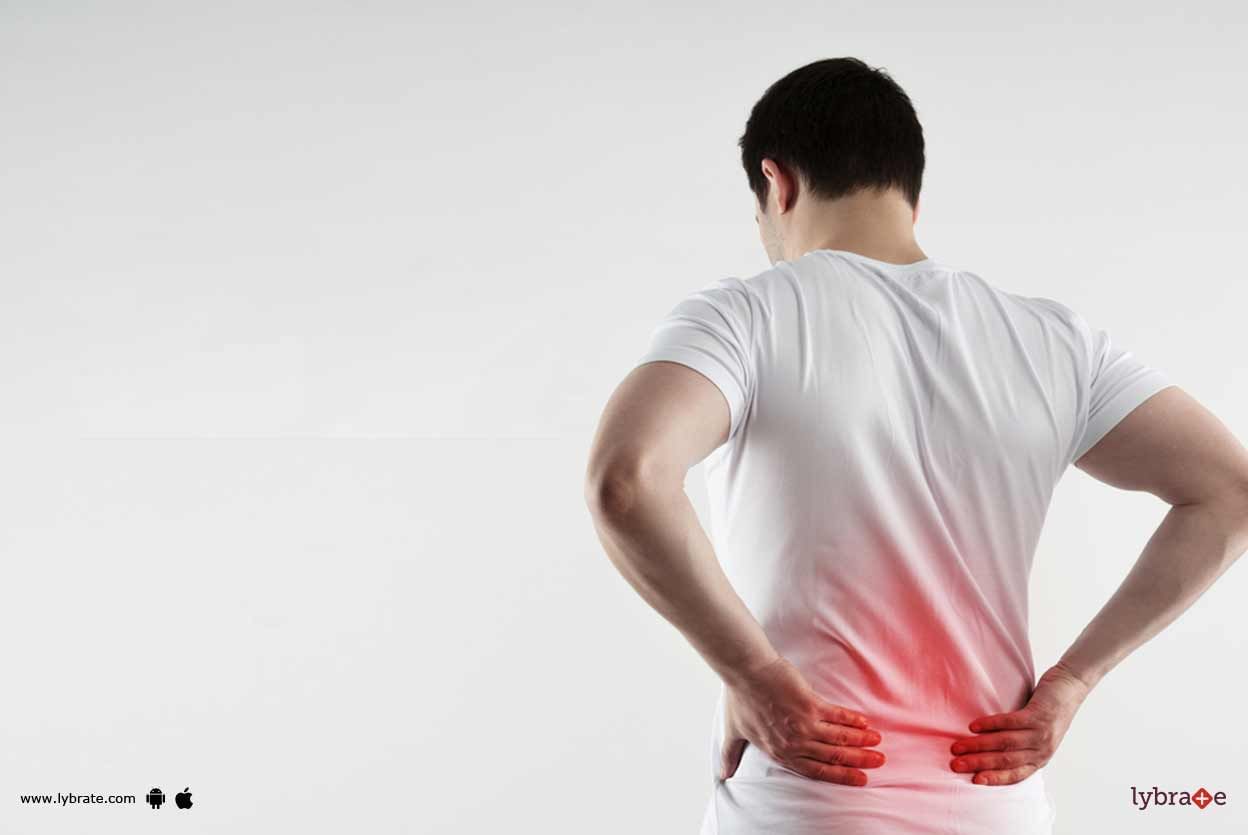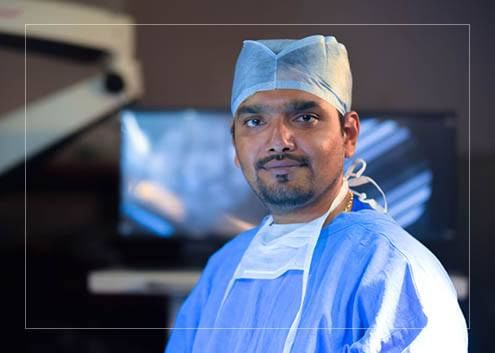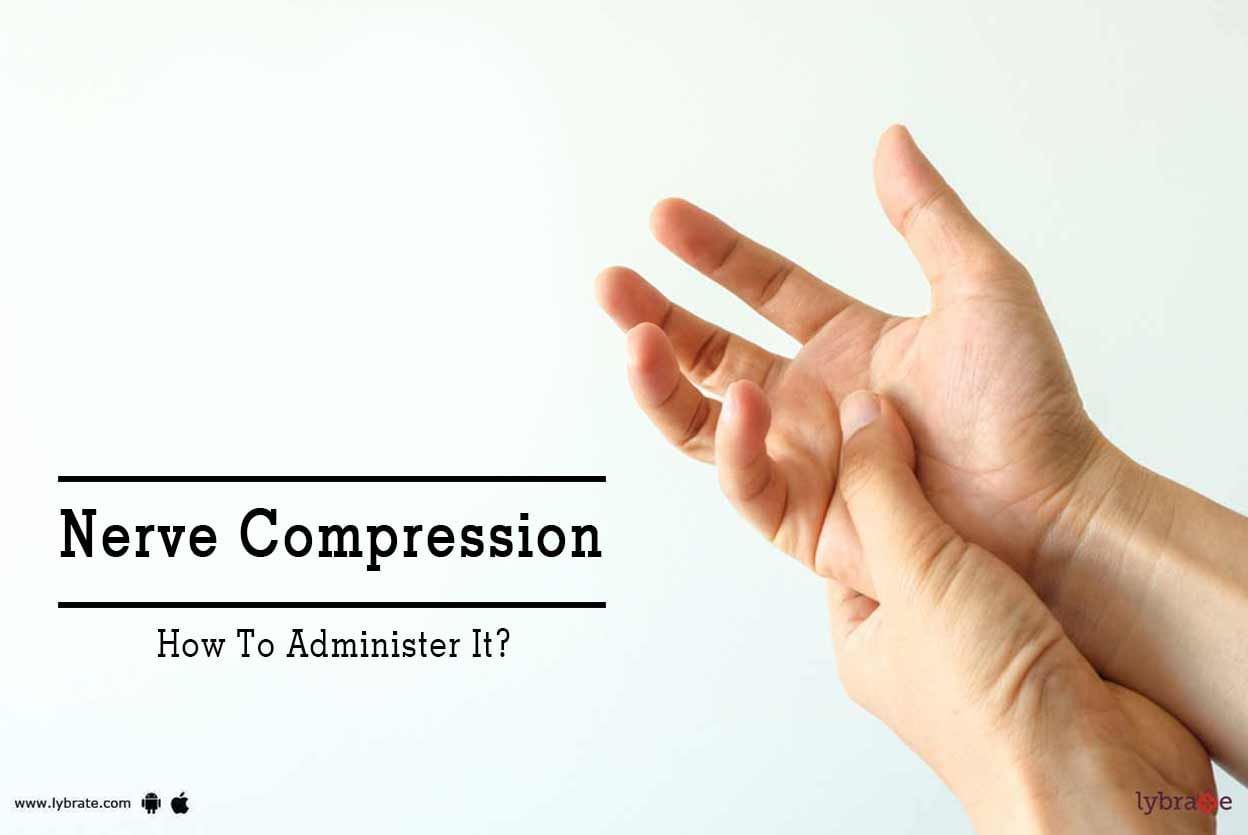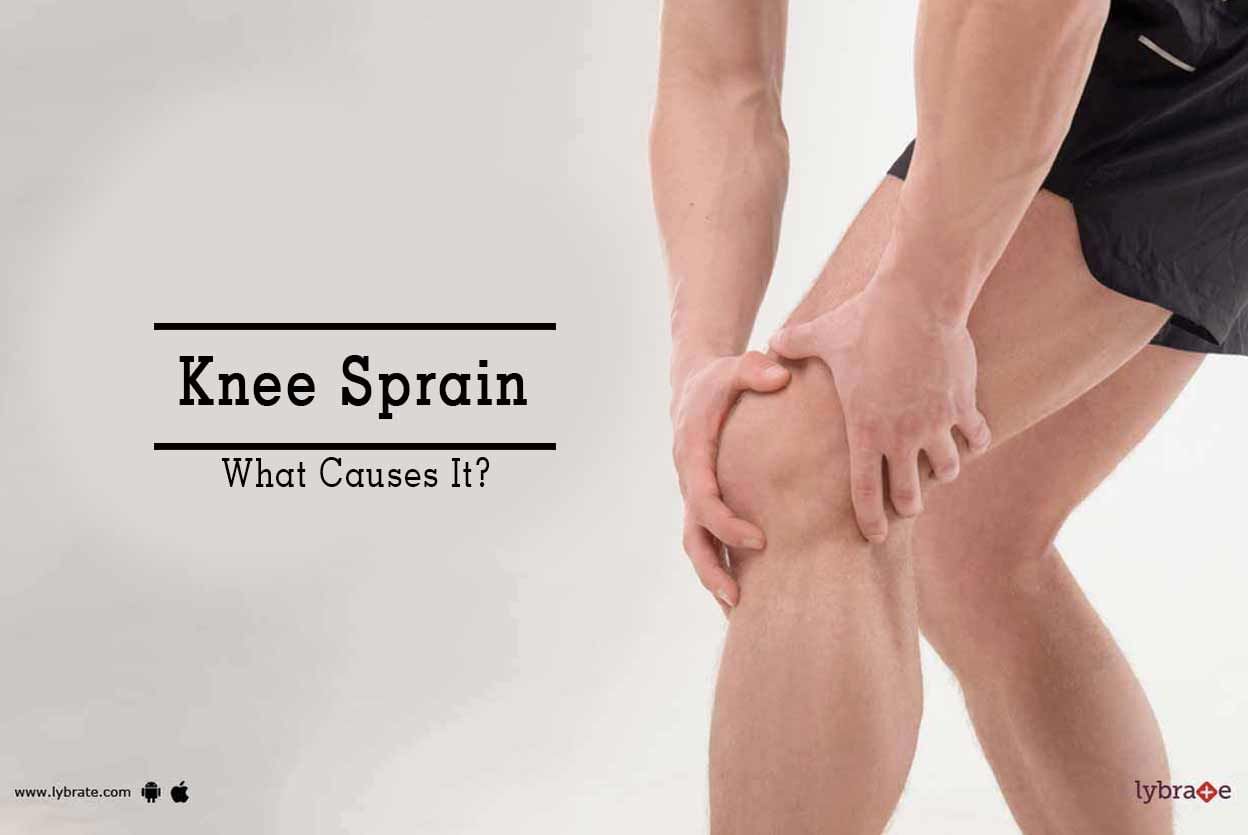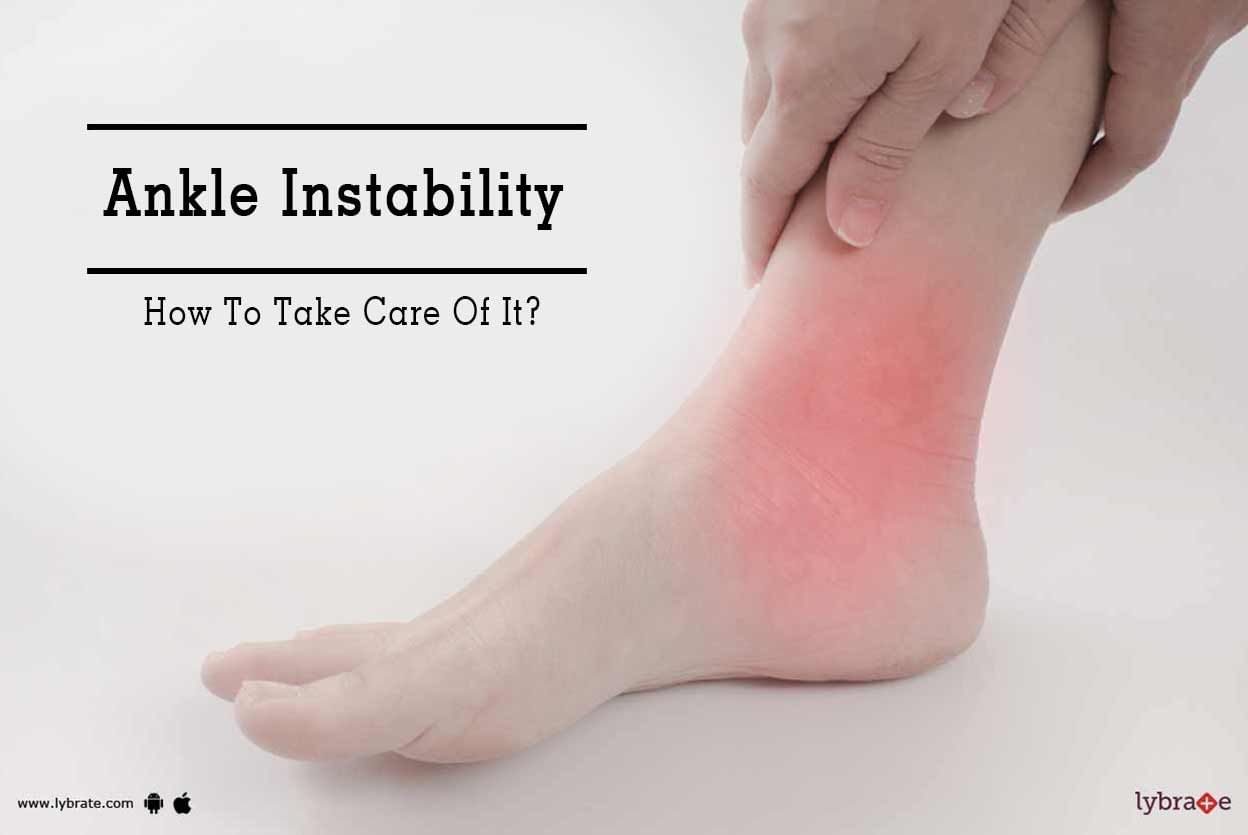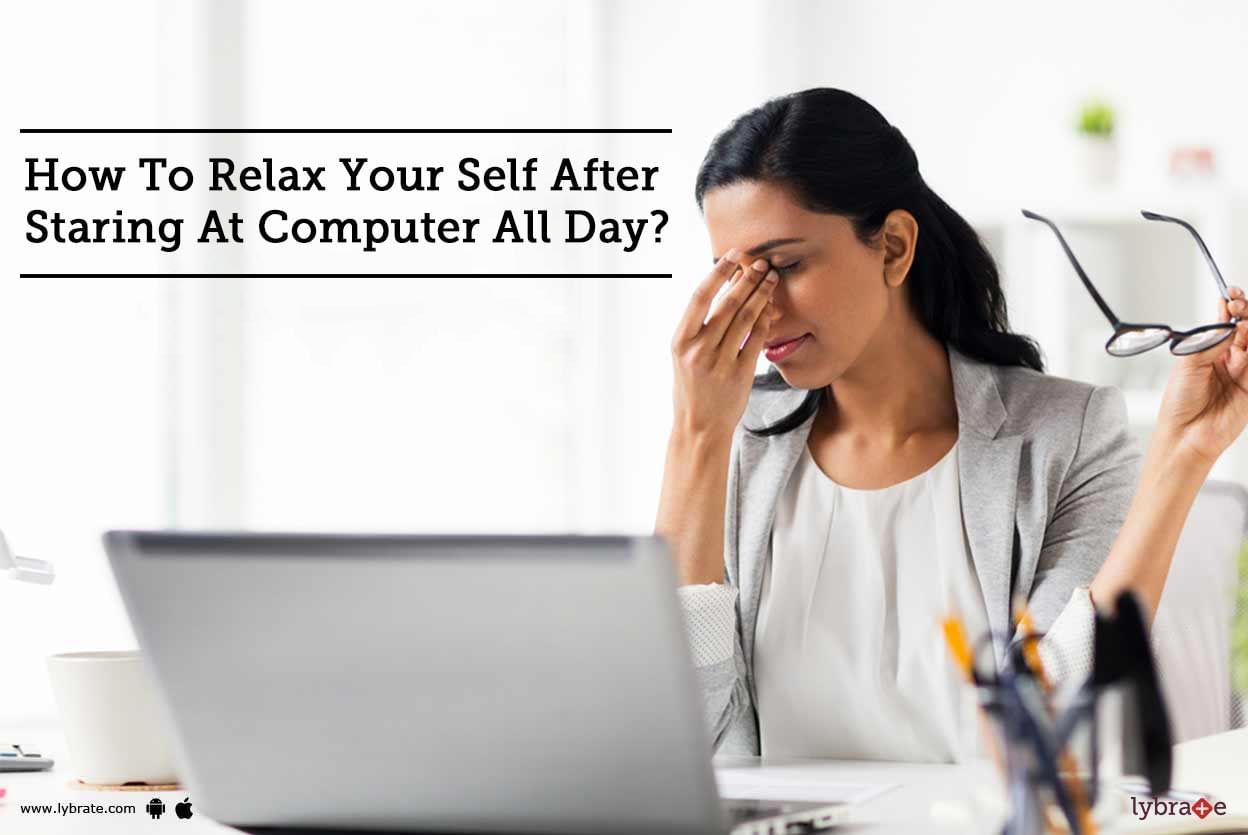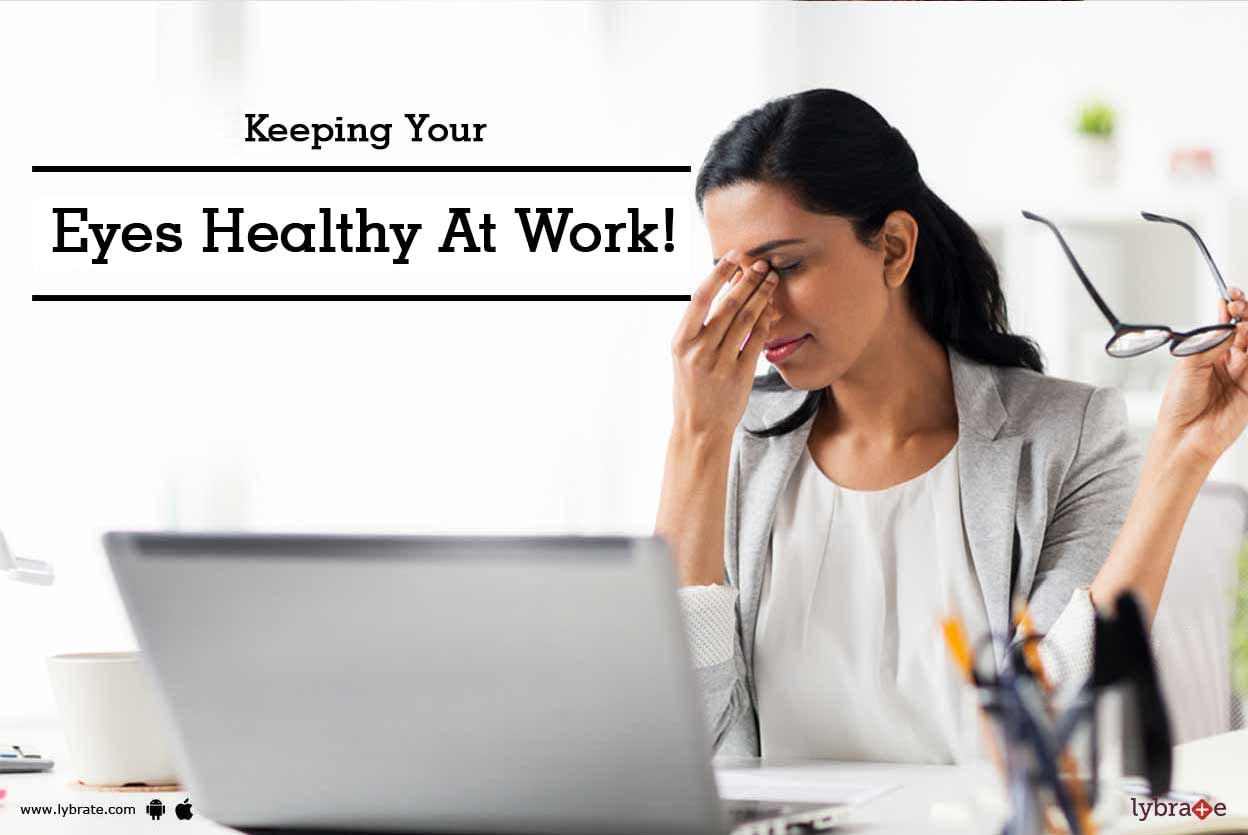Get the App
For Doctors
Login/Sign-up
Health Feed
Find Doctors
Health Packages
AllQ&AsTipsQuizzes
Strains Tips
Last Updated: 5 years ago• Featured Tip
Share
Bookmark
Report
B.P.T, M.P.T, Fellowship In Cardiac Reha...read more
Physiotherapist•Bangalore
Sitting or standing slouched does not only look bad but also has a bad effect on your spine. If not addressed in time, bad posture can become a person s second nature. Over time bad posture can change the natural curvature of your spine and lead to a number of health issues. Here are a few tips that could help:
1. Follow the structure of the chair
We spend a lot of time on office chairs. A well-designed chair will follow ergonomic guidelines to support your body. However, this can h...more
1. Follow the structure of the chair
We spend a lot of time on office chairs. A well-designed chair will follow ergonomic guidelines to support your body. However, this can h...more
Last Updated: 6 years ago• Featured Tip
Share
Bookmark
Report
The toes and heels are the most loads bearing components within your feet which take most of the weight when walking, running, exercising or even standing up. The heels are an especially vulnerable part of the body which can become painful either due to injuries or excessive stress put on it. Pain in your heels can also be a sign of other problems in your body.
Causes for heel pain:
1. Sprains or straining the leg: Exercising is one of the most common culprits behind heel damag...more
Causes for heel pain:
1. Sprains or straining the leg: Exercising is one of the most common culprits behind heel damag...more
Last Updated: 6 years ago• Featured Tip
Share
Bookmark
Report
Pain management begins at home. Of course, your doctor is the expert you need to go to to check the possible causes and treatment methods to alleviate pain. However, sometimes, the pain can be managed well as home as well. For example, it is possible to manage back strain at home with the help of simple remedies. Some of these remedies include the following:
Ice is the best way: Back pain that is associated with inflammation or an injury can be treated with ice. You can also try using i...more
Ice is the best way: Back pain that is associated with inflammation or an injury can be treated with ice. You can also try using i...more
Last Updated: 6 years ago• Featured Tip
Share
Bookmark
Report
Nerve compression is a condition caused by direct pressure on a nerve. It occurs when a nerve is squeezed or compacted. It is also known as compression neuropathy or entrapment neuropathy.
It typically occurs at a single location. Nerves in the torso, limbs, and extremities may be affected. Common symptoms include pain, numbness, and muscle weakness at the site of the nerve.
Nerve compression syndrome is also known as:
nerve entrapment syndrome
compression neuropat...more
It typically occurs at a single location. Nerves in the torso, limbs, and extremities may be affected. Common symptoms include pain, numbness, and muscle weakness at the site of the nerve.
Nerve compression syndrome is also known as:
nerve entrapment syndrome
compression neuropat...more
Last Updated: 6 years ago• Featured Tip
Share
Bookmark
Report
A knee sprain is a disorder that is characterized by tearing of the ligaments of the knee. The ligaments are tissues in the knee, whose function is to keep the bones together. They also help in keeping the bones and the knee joint in their proper position. In terms of function, they help you walk, turn and twist. Usually, ligaments get sprained due to sports or exercise-related injuries.
Causes
If the knee is directly hit: Sprains occur when the knee is hit directly by a strong...more
Causes
If the knee is directly hit: Sprains occur when the knee is hit directly by a strong...more
Last Updated: 6 years ago• Featured Tip
Share
Bookmark
Report
When was the last time you visited an ophthalmologist? Chances are that unless you faced a problem in your eyes recently, it must have been months or even years. Most people only visit an eye specialist s clinic when they experience some eye problem.
This is not a good practice since the best way to avoid severe eye complications is to detect them in their early stages. Since some eye conditions are asymptomatic in their early stages, these conditions cannot be detected without a compre...more
This is not a good practice since the best way to avoid severe eye complications is to detect them in their early stages. Since some eye conditions are asymptomatic in their early stages, these conditions cannot be detected without a compre...more
Last Updated: 6 years ago• Featured Tip
Share
Bookmark
Report
Ankle instability is often caused by damage to the lateral ankle ligaments. This typically causes strain and in further severe forms results in injury to the ligaments. This may further cause a feeling of instability in the ankle and eventually predispose the individual to get recurrent ankle sprains even with very minimal twists.
Symptoms:
The symptoms of ankle instability include weakness and wobbliness in the ankle or a continuous feeling of falling down while walking on un...more
Symptoms:
The symptoms of ankle instability include weakness and wobbliness in the ankle or a continuous feeling of falling down while walking on un...more
Last Updated: 6 years ago• Featured Tip
Share
Bookmark
Report
In today s world, most of the work that you do is on your computer. With an increasingly digitized world, computers can t be replaced. Though they have made your work easier, they do come with certain disadvantages as well. The rays emitted by a computer screen can be harmful to your eyes if exposed for an extended duration.
It is important that you take certain precautionary measures to protect your eyes:
1. Wash your eyes: Wash your eyes on a regular basis; it facilitates coo...more
It is important that you take certain precautionary measures to protect your eyes:
1. Wash your eyes: Wash your eyes on a regular basis; it facilitates coo...more
Last Updated: 6 years ago• Featured Tip
Share
Bookmark
Report
Technology is both boon and bane. Most jobs nowadays are partially automated, and it has become necessary for many to work long hours on the computer. If you are one such person, then you might be experiencing one or many symptoms related to eyes. The eye muscles get fatigued when eyes stare on the computer screen for a long time, and this can cause a host of eye problems. Referred to as Computer Vision Syndrome (CVS), the condition can range from eye pain to problems with eyesight.
The...more
The...more
Last Updated: 6 years ago• Featured Tip
Share
Bookmark
Report
How should you approach pain caused due to sports injuries?
Sports injuries can happen to any person who engages in sporting activities. These affect full-time athletes as well as those who partake in sports and exercising on an occasional basis. Most sports injuries are acute and affect the muscles and skeletal system. Usually, they are not chronic unless caused by a grave accident or left untreated.
The most common types of injuries caused due to sports are as follows:
more
Sports injuries can happen to any person who engages in sporting activities. These affect full-time athletes as well as those who partake in sports and exercising on an occasional basis. Most sports injuries are acute and affect the muscles and skeletal system. Usually, they are not chronic unless caused by a grave accident or left untreated.
The most common types of injuries caused due to sports are as follows:
Book appointment with top doctors for Strains treatment
View fees, clinic timings and reviews
Ask a free question
Get FREE multiple opinions from Doctors
posted anonymously


